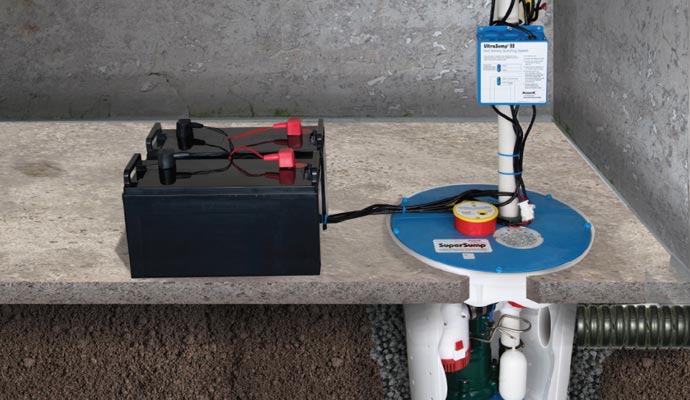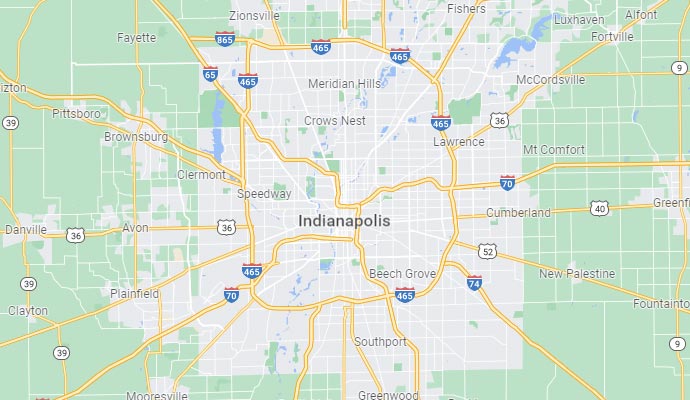What Causes Foundations to Sink?
Foundation settlement and movement can be caused by building on expansive clay, compressible or improperly compacted fill soils, or improper maintenance around foundations.
Find out the warning signs of Indianapolis foundation failure.
Whatever the cause, settlement can destroy the value of structures and even render them unsafe. In any case, water is the basic culprit in the vast majority of expansive soil problems. Specific constituents of certain soils tend to swell or shrink with variations in moisture. The extent of this movement varies from soil to soil.
Those soils highest in clay content are generally more susceptible while those lowest in clay content are the least affected. In some areas the movement in insignificant; in others, it is quite pronounced. When unstable soils are used as a base for a foundation, the tendency for movement is transmitted to the foundation. Since soil movement is rarely uniform, the Indianapolis foundation is subjected to a differential or upheaval. The problem shows up in both slab, and pier and beam type foundations.
If all the soil beneath a Indianapolis foundation or slab swells uniformly, there usually is no problem. Problems occur, however, when only part of the slab settles. Then, the differential movement causes cracks or other damages. In residential properties, slab settlement problems can result in potential damage to the structure, potential accidents, and loss of real estate value. Poor drainage, tripping hazards, rough floors, unsightly cracks, and equipment malfunctions may also result from concrete slab settlement.
Details
Published: 11 May 2017

















